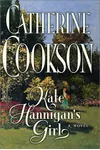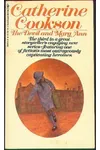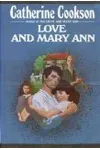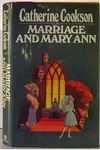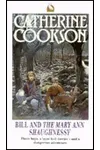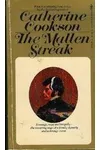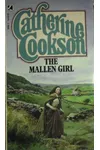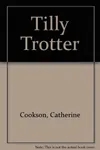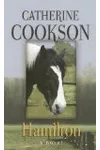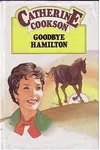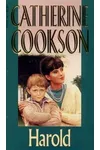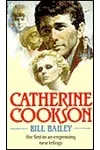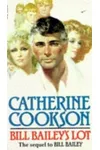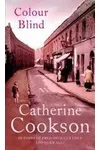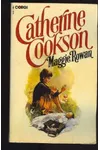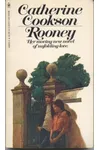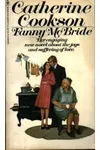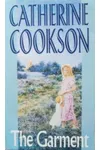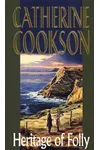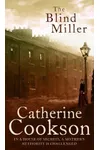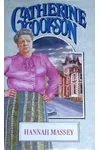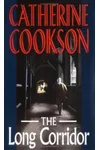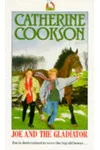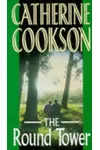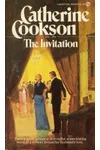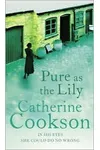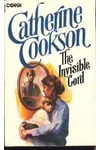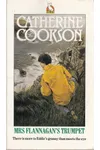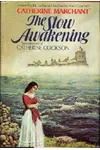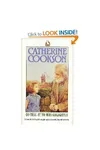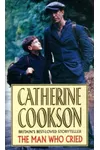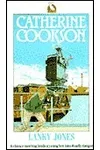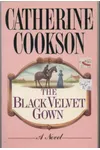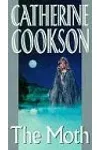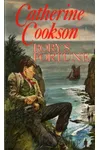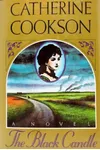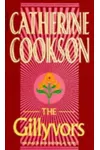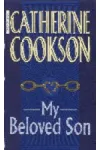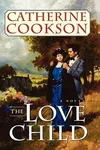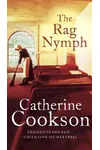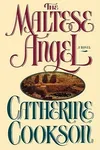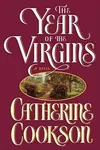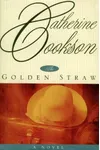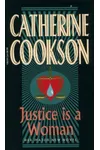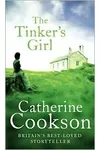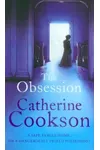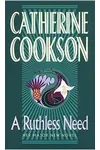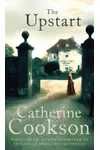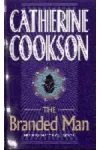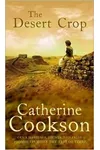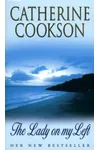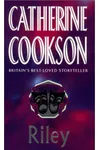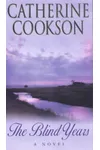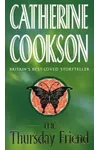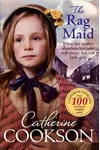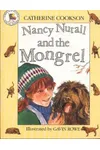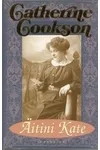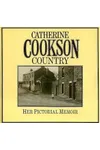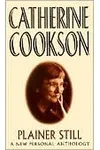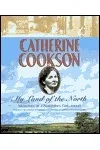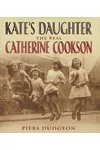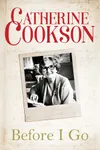Picture a British storyteller who spun tales of grit, love, and triumph from the industrial heart of northern England—meet Catherine Cookson! Born into poverty in 1906, she rose to become the UK’s most widely read novelist, with sales soaring into the hundreds of millions. Her vivid, heartfelt stories of working-class life hooked readers worldwide and inspired countless film, stage, and TV adaptations.
Cookson’s knack for weaving raw emotion and rich historical detail into her novels made her a household name. From humble beginnings to literary stardom, her journey is as captivating as her books. Let’s dive into the life and legacy of this remarkable woman!
The Making of Catherine Cookson
Born Kate McMullen in South Shields, England, Catherine Cookson’s early life was marked by hardship. Raised in poverty by her mother, whom she later learned was her grandmother, she faced social stigma as an illegitimate child. Despite leaving school at 13, her love for reading fueled her ambition. After working as a laundress, she saved enough to buy a typewriter and began writing, publishing her first novel, Kate Hannigan, in 1950 at age 44. Her grit and determination shaped her storytelling, infusing it with authenticity.
Catherine Cookson’s Unforgettable Stories
Cookson’s novels, often set in the gritty backdrop of 19th- and early 20th-century Tyneside, are known for their vivid characters and emotional depth. Her stories blend romance, family drama, and social struggles, drawing from her own experiences. Key works include The Fifteen Streets (1952), a tale of love and class divides in a dockside slum, and The Dwelling Place (1971), which follows a family’s fight for survival after tragedy. Tilly Trotter (1980) showcases her knack for strong female leads, with a young woman defying societal norms.
Her writing style is accessible yet evocative, painting northern England’s industrial landscapes with stark realism. Themes of resilience, love, and social mobility resonate across her nearly 100 books, earning her a devoted global readership. Many novels, like The Cinder Path, became TV miniseries, cementing her cultural footprint.
Why Catherine Cookson Matters
Catherine Cookson’s impact transcends her staggering sales. By giving voice to working-class struggles, she brought marginalized stories to the forefront, resonating with readers who saw their own lives reflected in her pages. Her novels, translated into dozens of languages, introduced global audiences to the heart and soul of northern England. Even after her death in 1998, her stories remain timeless, inspiring adaptations and new generations of readers.
Her legacy also includes philanthropy—she and her husband, Tom, donated millions to charities supporting education and health. Cookson’s ability to transform personal pain into universal stories of hope endures, making her a literary icon.
About Catherine Cookson
- Born: June 27, 1906, South Shields, England
- Key Works: The Fifteen Streets, The Dwelling Place, Tilly Trotter
- Awards: Honored with a Damehood in 1993 for her contributions to literature
- Fun Fact: She wrote under multiple pseudonyms, including Catherine Marchant!
Snag The Fifteen Streets and dive into Catherine Cookson’s heartfelt world of drama and resilience!

